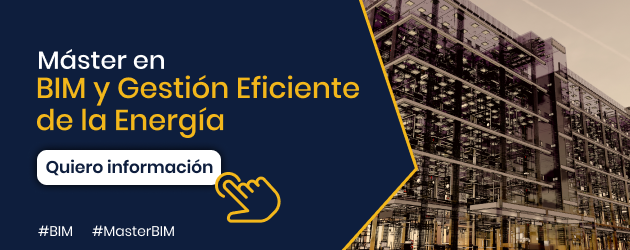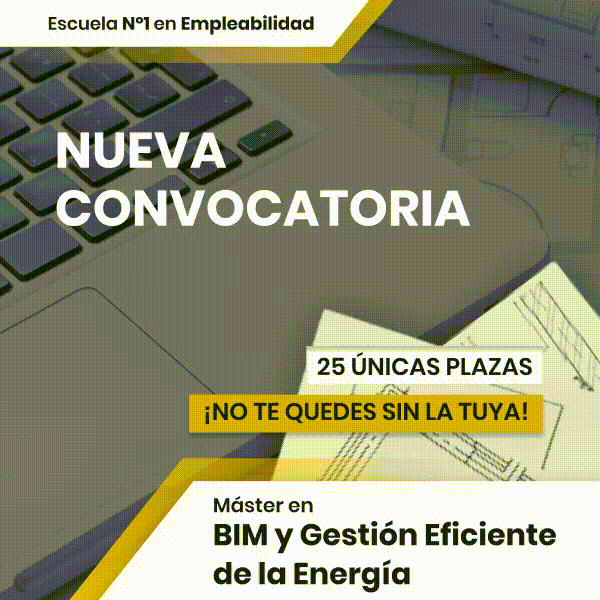Understanding ISO 19650
The construction sector is characterized by the complexity of its processes and the presence of numerous multidisciplinary teams and the enormous amount of information to be managed in each project.
Due to this, with the aim of addressing the different challenges that arise in the development of a construction project, An international standard called ISO 19650 has been created.
In order not to make the matter more complex, in this article we will explain it in a simple way through a few questions, What is ISO 19650? and why its application in the Construction Industry and above all the BIM methodology.

Starting at the beginning:
What is an ISO?
The rules ISO (International Organization for Standardization) correspond to a set of standards recognized worldwide, created with the objective of improving quality, safety, efficiency in management, service provision and product development in a homogeneous and consistent manner to promote confidence in the international market.
What is ISO 19650?
ISO 19650 is an international standard focused on information management of construction processes and those related to them.
It was developed to standardize the way to create, manage, store and share all the information of a construction project throughout its entire life cycle.
We will understand life cycle as: Everything that happens in a project, from its initial idea to the final stage, including subsequent operation, maintenance and recycling at the time of demolition.
Why is ISO 19650 so important?
Let's imagine a construction project in which all project teams use a different format for managing information, different communication platforms, different collaboration tools and methods for storing documentation.
This not only leads to confusion, but can also result in loss of important information for the development of the work, as well as process delays, errors and unmanageable additional costs.
ISO 19650 addresses all these problems to provide a clear structure focused on the management of all this information, organizing processes, improving collaboration, avoiding errors and facilitating decision making by having the necessary information in an orderly and easily accessible manner. for all project agents.
This makes this ISO the structural basis for implementing and developing the BIM Methodology in a project.
What are the main benefits of ISO 19650?
- Improved collaboration: Promotes collaboration and correct coordination of different multidisciplinary teams, establishing guidelines to share information effectively and coherently, avoiding errors and misunderstandings due to lack of communication.
- Process efficiency: Standardizes information management, saving time by avoiding searching and processing data, avoiding logistical delays, avoiding going back in stages, maintaining continuous and efficient development of the project.
- Reduction of errors and risks: Incorrect or outdated information can lead to wrong decisions. This standard ensures that relevant information is available and accurate, reducing the risk related to decisions based on erroneous or incomplete data.
- Facilitates maintenance: At the end of the project, in the operation stage, information about the building, the history of the processes and a reliable database is essential for its long-term maintenance. ISO-19650 ensures the proper management and transfer of this information, so that it is available in an organized manner and thus facilitates both its operation and maintenance.
How to implement ISO 19650?
The implementation of this International Standard involves following a series of steps distributed in 5 chapters, the last one currently in development, which includes the identification of the different roles and responsibilities, the definition of information requirements, the creation of information management, the use of technological tools and the implementation of procedures and tools that facilitate collaboration and data exchange.

The 5 Chapters of ISO 19650
We briefly indicate below what each chapter of ISO 19650 consists of.
Chapter 1: Fundamental Concepts and Principles:
They are established here, essential fundamentals of the BIM methodology, the built environment and the life cycle of the asset. Defining key concepts such as the building information model and the importance of structural information in decision making throughout the asset life cycle.
Chapter 2: Organization of Asset Information
It focuses on the structure and organization of information of the asset.
Highlights the information requirements and the importance of establishing a BIM object library (collection of standardized and reusable BIM elements).
Addresses the data management of the asset, emphasizing the need for collect and store relevant information effectively.
Chapter 3: Asset Information Delivery Process
Focused on examining the information transfer and exchange process of the asset throughout the different project phases.
Introduces the concept of a BIM Execution Plan (BEP), which establishes how the BIM methodology in a specific project.
Discuss the exchange and coordination strategies, essential to ensure effective data transmission and efficient collaboration between the parties involved.
Chapter 4: Asset Information Management Process
Go deeper into the continuous information management of the asset throughout its life cycle.
Emphasizes the importance of reference information, as a reliable basis for making decisions and verifying the data accuracy.
Addresses the process of change management, control and registration of modifications in asset information over time.
Chapter 5: Asset Information Verification and Validation Process
Dedicated to check and validate the quality of asset information.
Enter the Information Delivery Specification (EIR), that establishes the information requirements necessary for a project.
Discuss the QA, which involves a systematic review to ensure that asset information meets defined standards.
It explores the data verification and validation, addressing the need to verify accuracy and compliance with information requirements.

The rule ISO 19650 It is an essential resource for BIM information management. By implementing this international standard, industry professionals improve collaboration, increasing efficiency and reducing risks in their projects, resulting in the creation of successful, well-managed buildings and construction projects throughout their life cycle.
Finally, we leave you below the link to a glossary of terms that will provide you with a basic understanding of the keys related to each chapter of the standard, which will help you confidently navigate its application and adopt effective information management practices in your BIM projects.
If you want to learn more, don't hesitate to sign up for our Professional master in BIM and efficient Energy management.

































